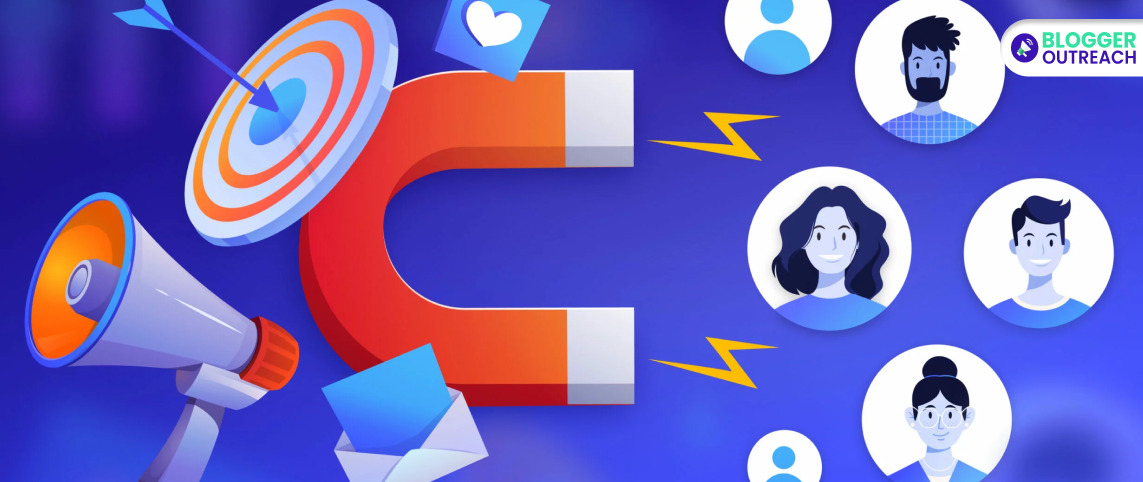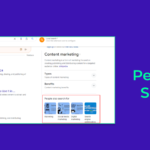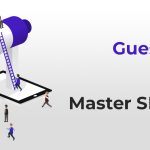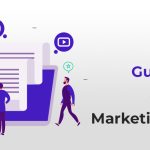Table Of Content
- 1 What Is SaaS Inbound Marketing?
- 2 Benefits Of Inbound Marketing For SaaS Companies
- 3 Top 7 SaaS Inbound Marketing Tactics To Apply Now
- 4 If Needed, Choose The Right Inbound Marketing Partner
SaaS inbound marketing is all about attracting more people to your business.
Simply put, it is the process of turning – Prospects 👉 Leads 👉 Customers.
The challenge, however, is to make it a reality. Isn’t it easy? So why don’t all people achieve the desired results? Why do most SaaS marketers fail to attract targeted traffic here?
Here, the problem lies in the procedure.
You need to understand:
How does it work? What to do? When to do it?
Everything must be in order, from choosing your audience to setting your KPIs. By doing things right, you start generating leads, which attract clients.
Ahh..amazing feeling, right?
Want to nail your inbound marketing? Let’s start your journey.
What Is SaaS Inbound Marketing?

SaaS Inbound Marketing is a strategy for software companies to attract customers. It means using content and tactics to pull people in rather than pushing ads at them.
Instead of interrupting, you aim to help and educate. This builds trust and leads to more sales.
Inbound marketing uses blogs, social media, SEO, and email to connect with potential users. It’s like a friendly conversation, not a sales pitch. You provide valuable info, answer questions, and guide them toward your software. This way, when they need your product, they’ll remember you.
So, SaaS Inbound Marketing is about being helpful, not sales. It’s like being a good friend, offering solutions when people need them.
Benefits Of Inbound Marketing For SaaS Companies
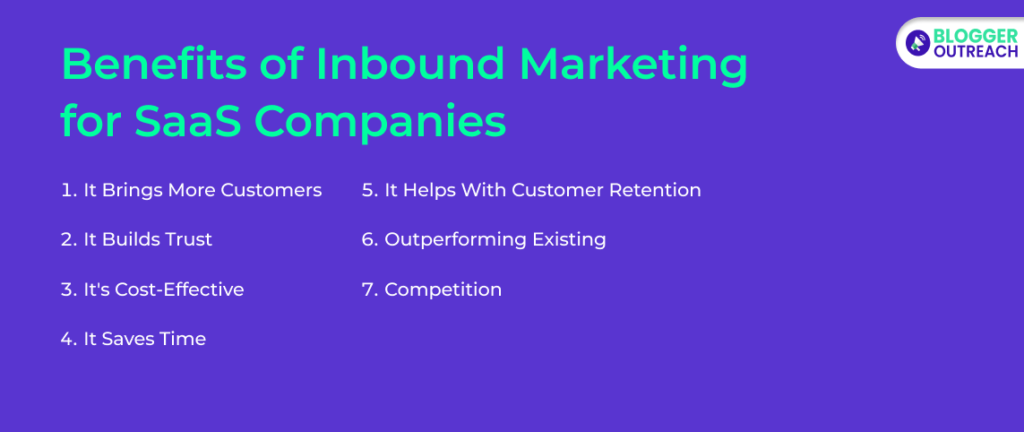
SaaS Inbound Marketing helps businesses in many ways.
First, it brings more customers.
When you create helpful, easy-to-find online content, you attract people interested in your product or service. Hence, you garner targeted traffic.
Second, it builds trust.
When you provide valuable information and answer questions, people trust you more. They see you as an expert. As a result, it influences your buyer’s journey.
Third, it’s cost-effective.
Compared to traditional advertising, inbound marketing is usually cheaper and has a better return on investment.
Fourth, it saves time.
You reach out to people who are already interested, so you don’t waste time on those who aren’t. From the first place, you know whom to target.
Fifth, it helps with customer retention.
When you keep providing value, it helps you stay on top of your audience’s mind. In turn, your customers stay happy and are more likely to come back.
Lastly, SaaS inbound marketing is one of those tactics that empowers you to deal with the top players. Why? Because quality content aids you in penetrating the market and outperforming existing competition.
So, SaaS Inbound Marketing is a smart choice for businesses.
Top 7 SaaS Inbound Marketing Tactics To Apply Now
You will get a lot of SaaS inbound strategies online. However, you can NOT apply everything. Importantly, not every strategy will work for you.
This is why we have compiled hand-picked strategies for our. Based on our experience, we think that the following 7 tactics are apt for modern SaaS businesses.
1. Having A Solid Website Is The Key To Success

In the digital era, your website is the main gateway for potential SaaS customers. Create a solid website backlog to boost growth and maximize your online presence. Here’s how:
1. Evaluate Your Current Website
- Check design, user experience, functionality, and content.
- Then, align it with business goals and audience needs.
- Use analytics to study user behaviour, conversions, and engagement.
2. Define Website Goals
- Set clear goals based on business objectives.
- Goals may include more traffic, better conversions, and enhanced user experience.
- Use key performance indicators (KPIs) to measure progress.
3. Prioritize Enhancements
- Develop a list of enhancements based on impact and feasibility.
- Focus on quick wins like speed, navigation, mobile-friendliness, and calls-to-action.
- Consider user feedback and industry best practices.
4. Optimize For SEO
- Research keywords and incorporate them naturally.
- Optimize titles, headings, and meta descriptions.
- Create valuable, shareable content for organic traffic.
5. Enhance User Experience
- Simplify navigation for easy information access.
- Optimize page load times to reduce bounce rates.
- Use clear language, engaging visuals, and intuitive design.
- Gather feedback for improvements.
6. Create Relevant Content
- Align content with audience needs.
- Produce blogs, whitepapers, case studies, and videos.
- Add calls-to-action (CTAs) for conversions.
- Keep content fresh.
7. Test, Analyze, And Improve
- A/B test layouts, designs, and content variations.
- Monitor analytics for insights into user behaviour.
- Make data-driven decisions for ongoing improvements.
- Regularly review and update your website.
Implementing the above-mentioned strategic plan will optimize your SaaS website.
2. Tailor Your Content According To Buyers Journey
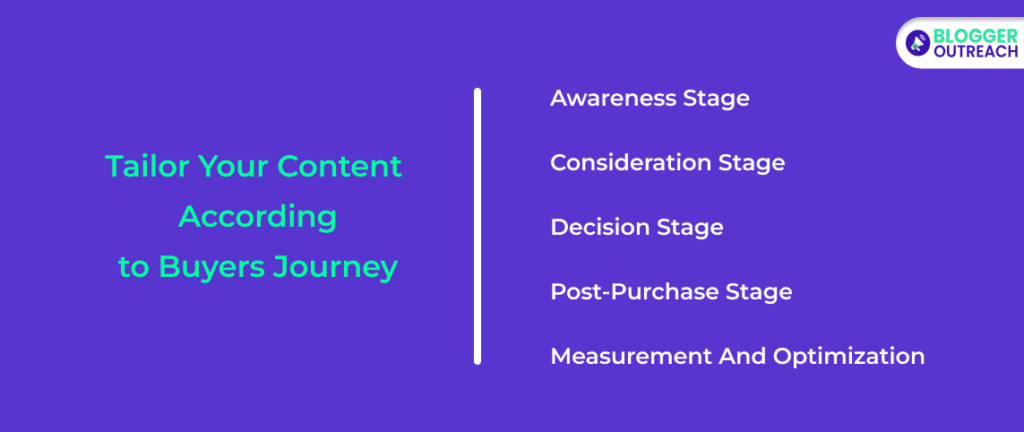
The Key Goals Are:
- Speaking your audience’s language.
- Addressing their concerns.
- Guiding them seamlessly from awareness to decision-making.
Before we get into details, a small heads up. A sales funnel tracks potential customers from their first contact with the company to the point of sale.
Well, now move on to the strategies.
1. Awareness Stage (Top Of The Funnel)
At this stage, potential buyers are just realizing they have a problem. Your content should focus on educating and raising awareness.
Create blog posts addressing common pain points or questions your target audience may have.
Use simple language to explain issues and potential solutions.
Moreover, produce informative infographics that visually convey the problem and possible paths to solutions.
2. Consideration Stage (Middle Of The Funnel)
Now, your audience is researching solutions. Provide content that helps them evaluate options.
Develop comparison guides that showcase your SaaS product’s benefits compared to alternatives.
Offer webinars where you dive deeper into your solution’s capabilities and how it solves specific problems.
3. Decision Stage (Bottom Of The Funnel)
Your audience is ready to choose a solution. Your content should nudge them toward selecting your SaaS product.
Create case studies highlighting real success stories with your product. Offer free trials or demos to let potential buyers experience your software firsthand.
4. Post-Purchase Stage (Customer Retention)
Your relationship with the customer doesn’t end after they buy. Keep them engaged and satisfied.
Send regular newsletters with tips, updates, and how-to guides related to your product.
Provide ongoing customer support resources like FAQs and tutorials to help them make the most of your SaaS product.
5. Measurement And Optimization
Throughout this journey, track what content works best. Use analytics to see what engages your audience and adjust your strategy accordingly.
Analyze data to understand which pieces of content attract the most visitors, convert leads, and retain customers.
Fine-tune your content strategy based on what you’ve learned. Focus on producing more of what works and improving what doesn’t.
3. SEO-Optimized Blogs

Inbound marketing for SaaS relies heavily on blogs. In fact, 85% of top SaaS businesses have active blogs. It is also crucial for B2B SaaS Inbound Marketing. Here’s how to proceed:
First and foremost, define your goals. Determine the purpose of your blog post. What action do you want readers to take? Simply put, be clear about your CTA.
Start with blog topics that match your target audience’s interests and needs.
1. Keyword Research
Start by finding the right keywords. Your potential customers use these words and phrases when searching for solutions like yours.
Use tools like Google Keyword Planner or SEMrush to discover relevant keywords. Choose keywords that are not too competitive but have a decent search volume.
2. Problem-Solving Content
Craft blog posts that offer value and solutions. Write informative articles that answer questions and solve problems for your target audience. Use simple language to ensure clarity and understanding.
3. SEO Optimization
Optimize your blogs for search engines to improve their visibility. Include the target keyword in the blog title, headers, and throughout the content. Write a compelling meta description to encourage clicks when your blog appears in search results.
Optimize Your Keywords – Choose a focus keyword that aligns with your content themes.
Place It In:
- The blog title
- The H1 header
- Meta description
- Body content (use it at least twice)
- URL (match the title, avoid underscores)
- Alt tag for images
4. User-Friendly Format
Make your blogs easy to read and scan. Use short paragraphs and bullet points to break up text. Include images and diagrams to illustrate your points visually.
5. Internal Linking
Link to other relevant blog posts and pages on your website. Help readers navigate to related content for a deeper understanding. Improve your website’s overall SEO by spreading link authority.
4. High-Quality Backlinks Through Guest Posting

Backlinks fuel SaaS Inbound Marketing. Basically, it works like recommendations. When you get links from top sites, search engines perceive you as an authority. This, in turn, helps you boost your ranking. Hence, more leads to more product signups and more sales.
So, start with finding relevant publishers. Ensure that the publishers are highly relevant to yours. Contextual links are something that you strive for.
Next, Check the next metrics. Monitor their DA, DR, and traffic. Getting links from authoritative sites improves your authority.
5. Whitepapers/PDFs/Guides

If we put it simply, these are thought leadership content. It revolves around a specific problem and tries to solve it.
These resources provide detailed insights into industry trends, challenges, and solutions, positioning your SaaS product as a valuable solution.
Offer whitepapers and guides in exchange for contact information. This helps you collect leads and build your prospect list.
High-quality content establishes your authority and expertise, making potential users trust your SaaS solution. They also educate your audience about your product’s benefits, helping them make informed decisions.
SEO Boost Optimized whitepapers can attract organic traffic when people search for related topics.
Finally, diversify your content strategy by offering different formats, appealing to a wider audience.
6. Social Media

Connect with your audience on platforms like Facebook, Twitter, and LinkedIn. Share blog posts, videos, and updates to keep users informed and engaged.
Next comes community building. Create a community around your brand, fostering loyalty and trust.
Customer Support is extremely important. Offer quick responses to user questions, showing your commitment to their needs.
Now comes the most important part. Goal tracking is important. Lead generation and driving them to your clients is extremely important. Use targeted ads and posts to attract potential users.
7. Reboost Or Reassess Your Brand Whenever Required

Remaining relevant and impactful is vital for SaaS Inbound Marketing. To achieve this, consider a brand refresh or reboot when needed. You can reassess your brand, refine messaging, and realign marketing efforts with the Brand Sprint.
While the original Google Brand Sprint takes three hours, allocating more time often leads to better outcomes.
Evaluate your current brand before rejuvenating your brand. Assess your brand’s strengths, weaknesses, and market perception.
Analyze existing messaging, visuals, and voice. Collect feedback from customers, prospects, and your team to gain insights. Identify areas needing improvement to better align with your target audience.
Define Brand Objectives Clearly set objectives for the Brand Sprint—whether it’s enhancing brand awareness, differentiation, or market repositioning. Align these goals with your marketing strategy and business objectives for consistency.
Engage In Collaborative Workshops Involve:
- Team members.
- Including marketing.
- Sales.
- Customer Success.
- Product development.
Encourage open discussions, gather diverse perspectives, brainstorm ideas, and refine your brand positioning.
Craft a Compelling Brand Story Develop a compelling brand story that resonates with your audience. Define your unique values, mission, and core values. Create messaging pillars that guide content creation. Ensure your brand story is authentic, engaging, and stands out from competitors.
Update your website, social media, and marketing materials. Create engaging content to unveil your new brand to customers, prospects, and industry influencers.
If Needed, Choose The Right Inbound Marketing Partner
SaaS inbound marketing takes time. You have to keep working at it and monitor your progress.
An inbound marketing service provider can save you a lot of time.
We at BloggerOutreach help you attract high-quality inbound traffic through guest posting.
Learn how we improved signups for a recruitment platform.
Read Also:

